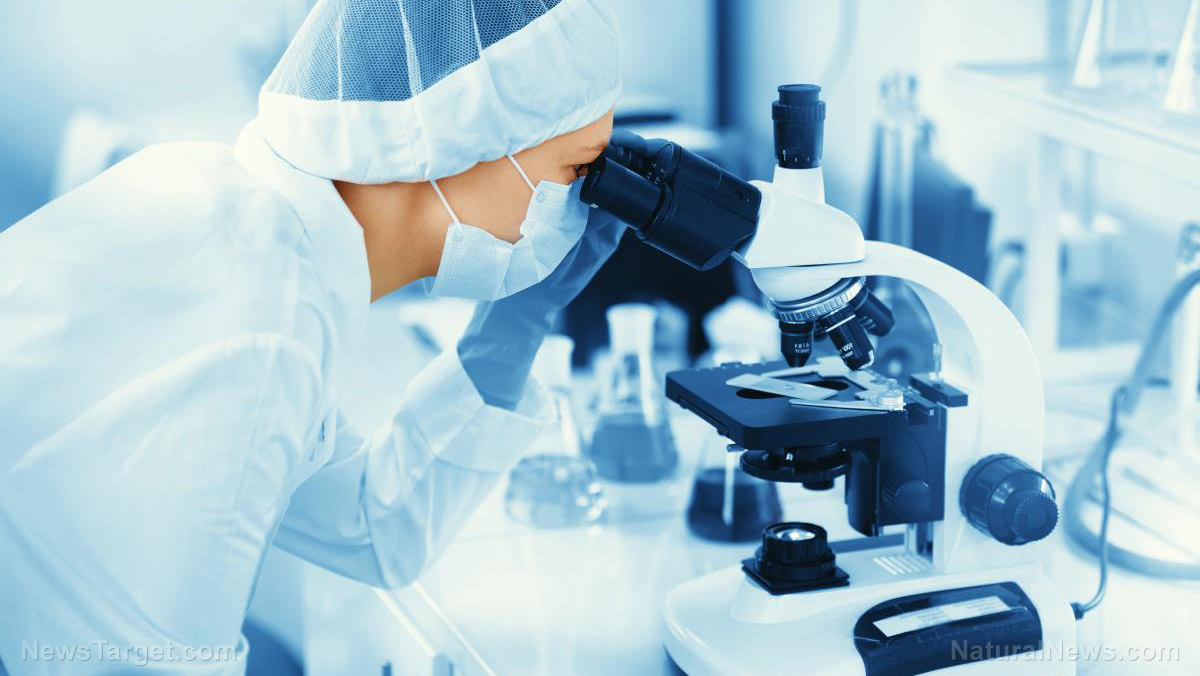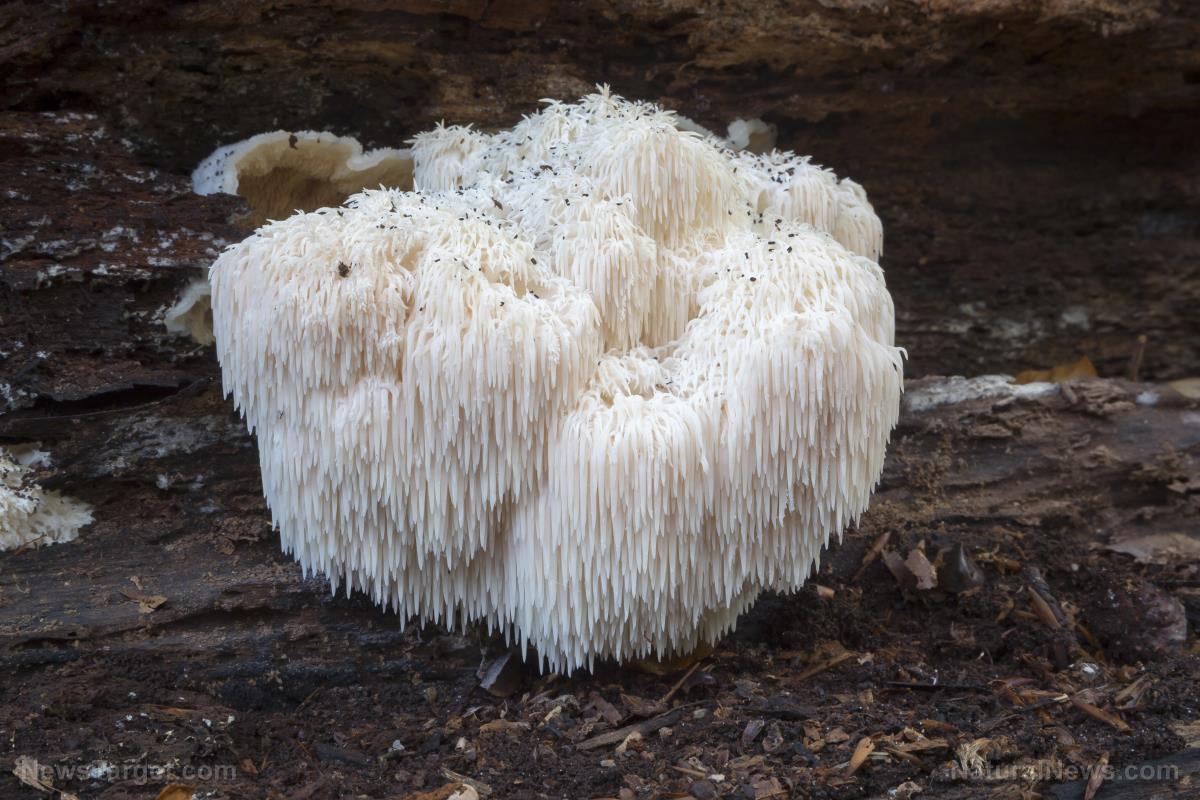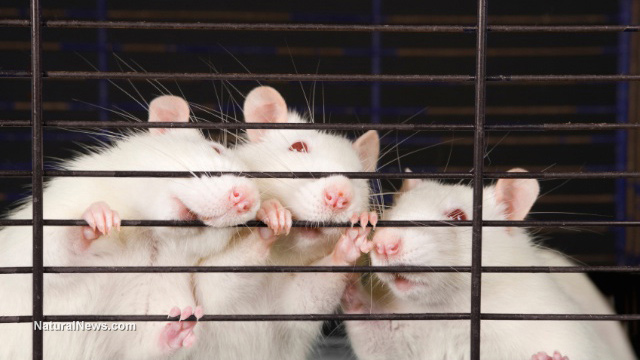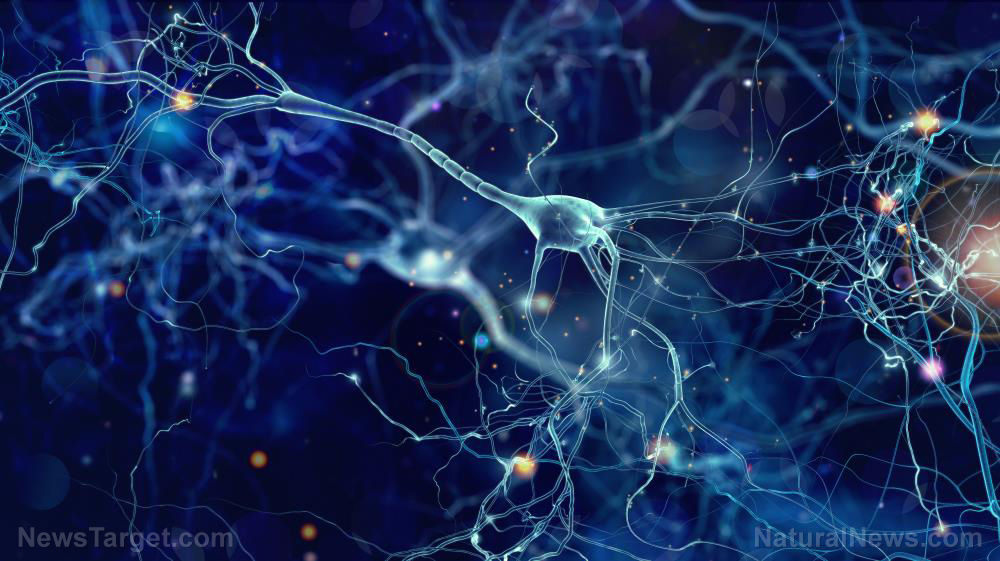
Tom Santangelo, a Colorado State University (CSU) researcher and associate professor in the Department of Biochemistry and Molecular Biology, thinks of archaea as “ancient mariners” because they can survive in the depths of the ocean. Santangelo studies how these “hardy microbes,” which are one of the three surviving domains of life, express genes, produce energy, and flourish even in hot and lightless environments. The researcher has unearthed proof that humans and archaea are biochemically similar. (Related: Human cells are microscopic in size, yet their jobs are larger than life.)
Along with his team, Santangelo discovered significant parallels between how archaeal cells and more complex cells like human and animal cells “package and store their genetic material.” The breakthrough study was published in Science earlier in 2017 and featured proof that both archaea and eukaryotic cells have a common mechanism that compacts, organizes, and structures their genomes.
Karolin Luger led the study, and she is currently a structural biologist at the University of Colorado Boulder. However, most of the reports published in Science were accomplished when Luger was a faculty member from 1999 to 2015.
To refresh your memory, eukaryotes are cells with a nucleus and membrane-bound organelles. These cells include fungal, plant, and animal cells. Human cells are included in eukaryote animal cells.
Eukaryotes are different from prokaryotes, their less complex counterparts, because the latter do not have a nucleus. Even though archaea and bacteria are prokaryotes, they are only distantly related. It is believed that archaea are the progenitors of eukaryotes since they share many of the same proteins responsible for controlling gene expression.
Every eukaryote, such as microscopic protists, plants, and even humans, is capable of “life's most fundamental processes,” which includes the methods wherein “DNA bends, folds, and crams itself into a cell nucleus.”
Inside the nucleus of each eukaryotic cell is several feet of genetic material compacted in a particular way. Small DNA segments are wrapped at least two times around eight histones (small proteins), “like thread around a spool.” The resulting DNA-histone complex is called a nucleosome, while a string of compacted nucleosomes is called chromatin. In 1997, Luger et al. first reported the exact structure of eukaryotic nucleosomes through X-ray crystallography.
In the 1900s, John Reeve, a science paper collaborator, discovered that aside from eukaryotes, histone proteins can also be found in nucleus-free archaea cells. Reeves and Luger then worked together to crystallize histone-based archaeal chromatin, which was compared to eukaryotic chromatin.
Following years of a “gnarly crystallographic problem” where the researchers had difficulty growing reliable archaeal histone crystals, they were finally able to discern the structure of archaeal chromatin, which was similar in structure to eukaryotes.
Based on this data, it was revealed that archaeal DNA formed long and curvy repeating superhelices. Because the researchers weren't sure if the structure was real, or simply an artifact of the experiment, Santangelo's CSU team stepped in. He commented that his group took it upon themselves to figure out if “the structure resolved in the crystals represented a biologically meaningful structure” or not.
Santangelo's team created variants of the archaeal histones, which were then tested to see how the cells fared when they disrupted the DNA superhelix. The team then discovered that when the structure was destabilized, the cells got sicker. Thanks to their efforts, the merits of the structure Luger's group isolated were made clear.
Santangelo added that his work with his team was one of the highlights of his career and that their work helped provide fundamental insight into the origins of human cells. He said, “The major impact of the paper, I think, is that the idea of compacting DNA into those structures is a very ancient idea -- probably more than one billion years old.” The researcher continued, “Histone proteins came on the scene, and once they got into and started packaging genomes, they largely made themselves indispensable to those cells that encoded them.”
The researcher will continue studying the “structure, function, and energy transactions of archaea,” microorganisms that are a precursor to human cellular activity.
Fast facts on archaea
Here are additional facts about archaea:
- Archaea are either round, spiral, rod-, plate-, or square-shaped.
- Some archaea live in large colonies made of different types of archaea.
- Archaea first appeared on Earth a few billion years ago, hence the name “Archaea,” which means “ancient things” in Greek.
- There are no known pathogenic and parasitic forms of archaea, meaning they are not harmful to humans.
- Archaea reproduce asexually via fragmentation and binary fission.
You can read more articles about other scientific breakthroughs at Scientific.news.
Sources include:
Please contact us for more information.























